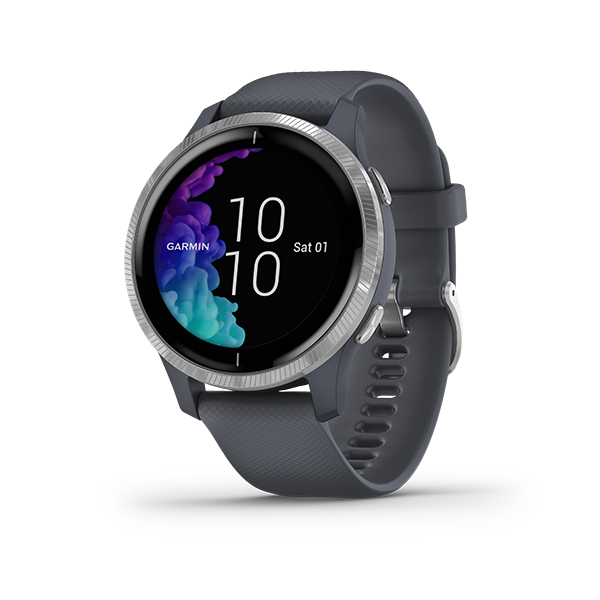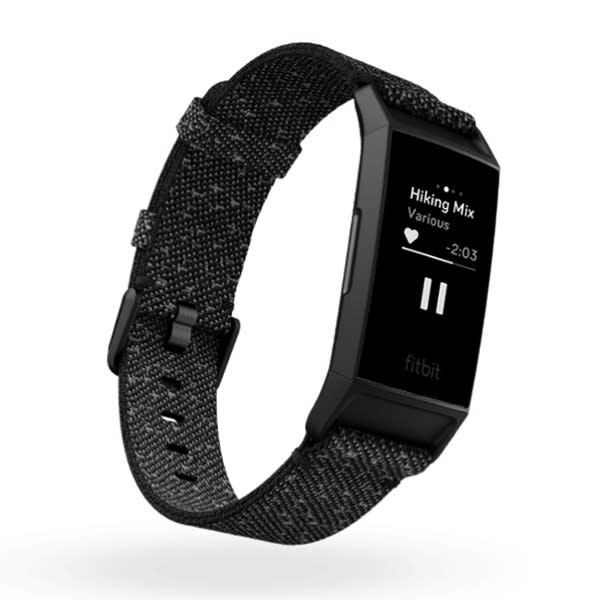Blood oxygen detection is the best reason to get a new smartwatch this year
Our editorial team is dedicated to finding and telling you more about the products and deals we love. If you love them too and decide to purchase through the links below, we may receive a commission. Prices were correct at the time of publication.
Apple’s upcoming iOS 14 is still in beta but that hasn’t stopped enthusiasts from prying into the code to look for clues of upcoming products and features.
And one of the discoveries made by 9to5Mac way back in March is that the iPhone maker is working to add SpO2 support to a future Apple Watch.
SpO2… what’s that?
Your blood carries oxygen
SpO2, which stands for peripheral capillary oxygen saturation, measures the amount of oxygenated haemoglobin in the blood.
This metric is important because haemoglobin, other than giving blood its red colour, is the protein in red blood cells tasked to carry oxygen from the lungs to other parts of the body.
Put another way, SpO2 is an estimate of the oxygen level in the blood. ‘Estimate’ because it’s an indirect measurement that uses pulse oximetry, which relies on how red light and infrared light are absorbed as they pass through the skin to work out the number.
Nonetheless, SpO2 is a good alternative to SaO2, a highly accurate but also invasive measurement of arterial oxygen saturation that requires a blood sample.
What’s a good blood oxygen level?
SpO2 is typically expressed as a percentage. If you’ve a SpO2 reading of 100%, it means that each haemoglobin in your red blood cells contains the maximum number of oxygen molecules it’s capable of carrying (four, for those interested).
SpO2 for a healthy person usually falls between 95% and 100%. Bear in mind that this is at sea level; your ‘normal’ range may drop a bit when you first move to a higher altitude.
If your SpO2 value is low — especially if it dips below 90% — and you don’t know why you should seek medical attention immediately to find out if you’ve an as yet undetected health issue.
It’s not good to have persistently low oxygen levels in the blood because this will, in turn, starve body tissues of the oxygen they need to function properly. In severe cases, it can lead to heart failure or brain damage.
A pulse ox on every wrist
The news about the Apple Watch (and wearables in general) getting a SpO2 sensor is exciting for a few reasons.
For the longest time, people only got to know their blood oxygen levels when the doctor clipped a pulse oximeter on their finger or earlobe. Which also means that something undesirable has already happened. Therefore, having this as a preventive tech that’s easily accessible and provides actionable insights early on can only save more lives.
Really, pulse ox isn’t just useful for, say, COPD (chronic obstructive pulmonary disease) patients to monitor their oxygenation stats — it’s also helpful for revealing conditions that ‘healthy’ people otherwise won’t think of checking. An example is sleep apnoea, a sleep disorder that causes a person to pause their breathing repeatedly during sleep.
Athletes, too, may find SpO2 readings handy when they plan their training. For instance, if they’ve a low SpO2, they may forgo the planned intensive gym workout and focus instead on recovery. Climbers will also want to keep an eye on this stat so that they can avoid or better prepare for hypoxia.
For what it’s worth, pulse oximeters have recently been flying off the shelves as people try to get a measure of their lung function during this COVID-19 pandemic. According to this Science report, doctors have observed that some patients at the early stage of the disease didn’t exhibit any obvious respiratory difficulties even though they recorded low oxygen saturations.
There are already wearables that have an Sp02 sensor
Apple Watch’s potential support for blood oxygen measurements may be news, but it’s worth noting that there are wearables that can already take SpO2 readings.
One of them is Garmin’s Venu, a GPS smartwatch with five days of battery life and no fewer than 20 built-in indoor and outdoor exercise modes to keep you active. The company’s other smartwatches such as the Forerunner 245, Forerunner 945 and Fēnix 6 series have a pulse ox, too.
Garmin has also recently allowed its users to share their health data with non-profit organisation PhysioQ’s Neo app, enabling them to better monitor vitals such as blood oxygen saturation, heart rate, respiration rate, sleep and body temperature. Users can also choose to donate their health data (which will be anonymised) to help COVID-19 research.
Fitbit is another company that packs a SpO2 sensor into several of its wearables, including the Versa smartwatch, Ionic fitness watch and Charge 4 activity tracker. However, Fitbit presents the data a bit differently from the rest. Instead of SpO2 numbers, it uses an Estimated Oxygen Variation graph to show the blood oxygen’s estimated variability over time. In layman’s terms, alarm bells should ring when users see big variations in the graph.
Withings’ upcoming ScanWatch is another SpO2-capable smartwatch to keep an eye on. Announced in early 2020 at CES, it has a combined heart rate and SpO2 sensor, is able to do multi-sport tracking and touts a 30-day battery life.
Other smartwatches you can buy:
Withings Steel HR Sport Hybrid Smartwatch (40mm) (no Sp02 sensor)
Purchase the Fitbit Charge 4 Activity Tracker at 16% off (with Sp02 sensor)
More shopping deals:
The ultimate Eat Play Love guide – Singapore 2020 edition
Amazon fashion sale: Shop for brands like Calvin Klein, Nautica and more
Shopping: These eye palettes and products ramp up your shadow game
Michael Kors is slashing their prices on hundreds of items - starting as low as S$49
Non-medical face masks you can buy online from brands that give back to communities
This sleep hack lets you sleep like a baby and costs no more than $50
This gadget will change your life and how you perform housework forever
Shopping: Asos is now having a sale of up to 70%
Shopping: Lorna Jane is slashing prices on their bestselling Amy leggings
These hair products can help you get salon-grade hair every day
Get up to 70% off your favourite work from home gadgets
Explore the great outdoors: How and where you can work up a sweat
Best stay-home hobby: tie-dye and where to shop for them
9 tips to sparkling, healthy eyes







